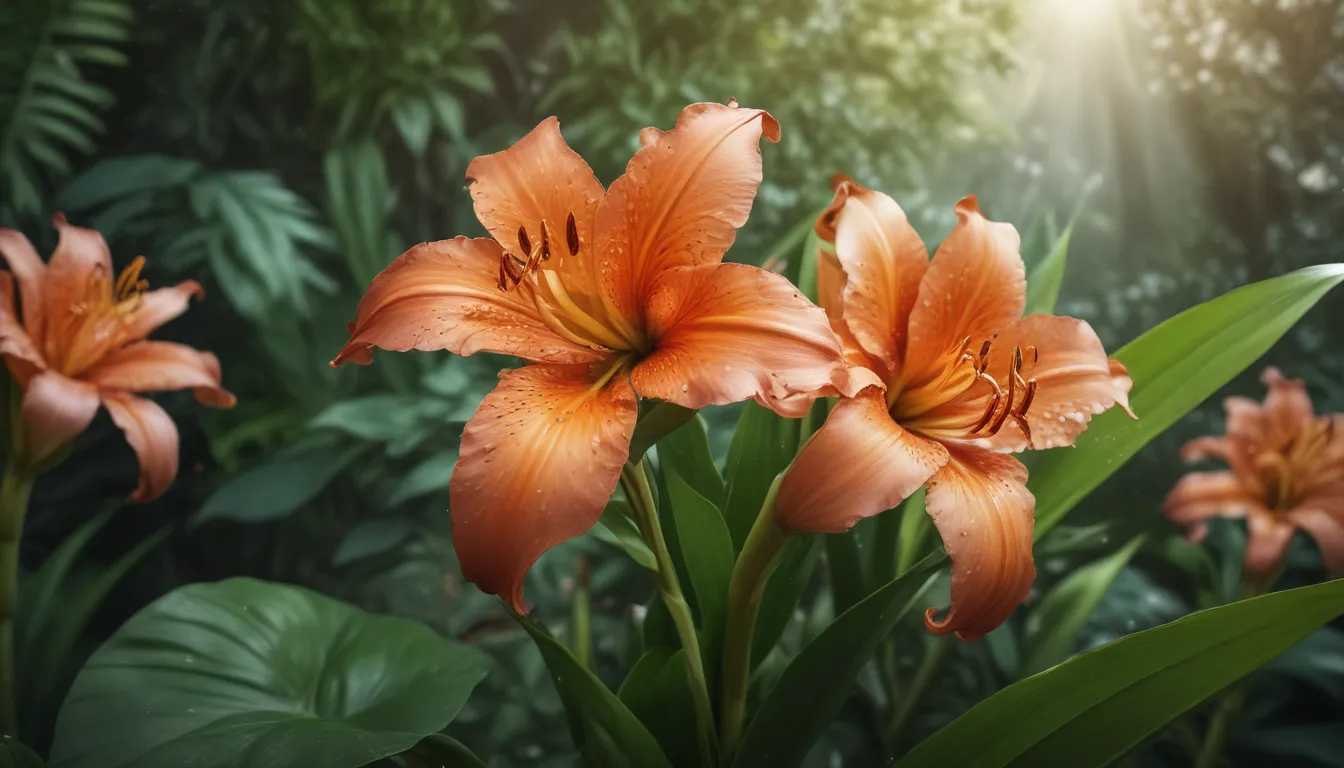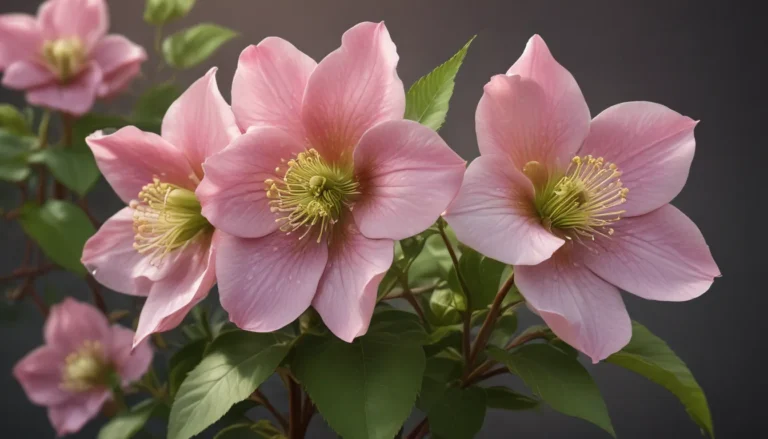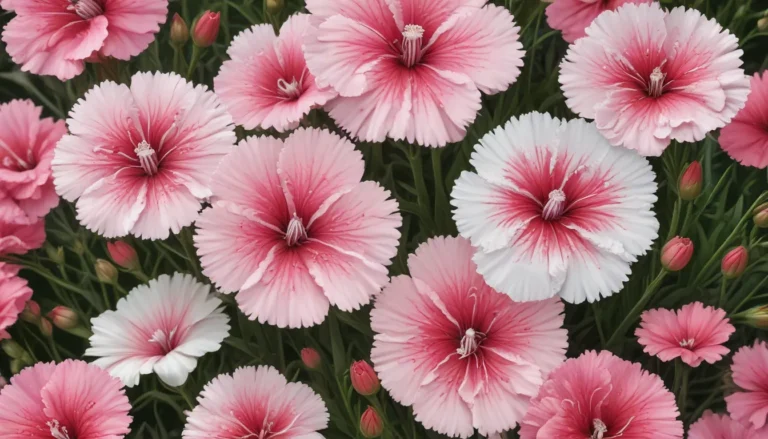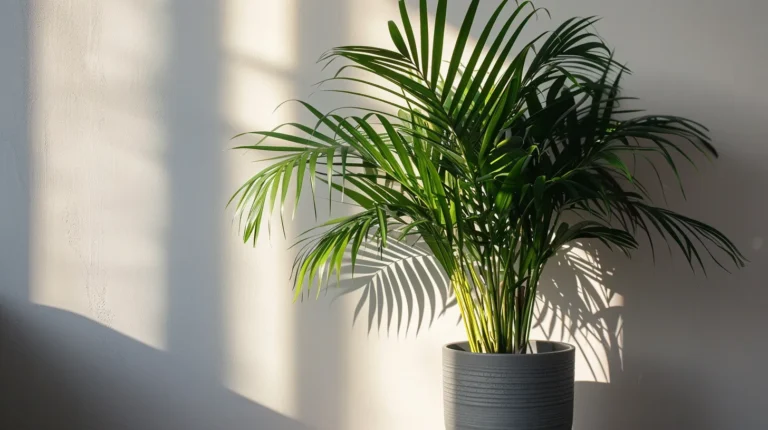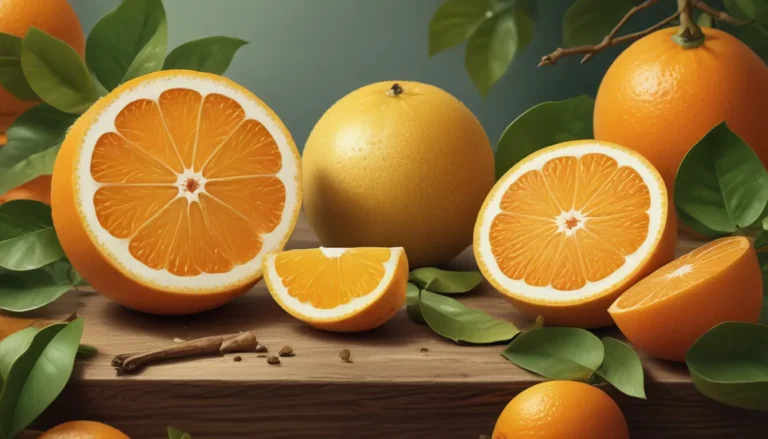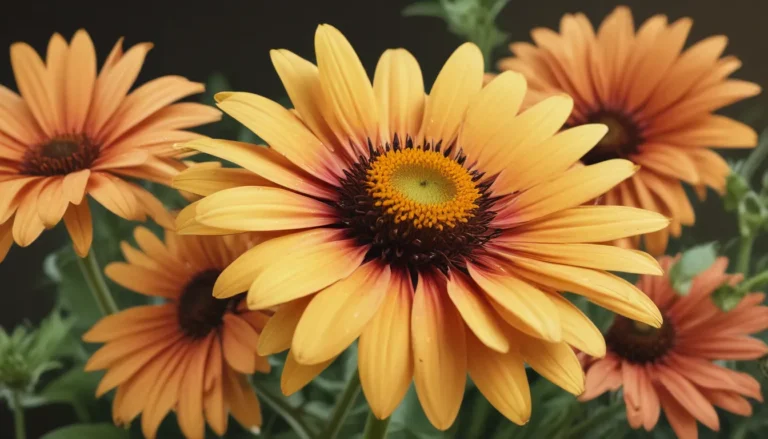The pictures we use in our articles might not show exactly what the words say. We choose these pictures to make you interested in reading more. The pictures work together with the words but don’t take their place. The words still tell you the important facts.
Welcome to the enchanting world of Ginger Lily, a plant that captivates with its beauty, fragrance, and versatile uses. Native to tropical regions, this fascinating plant, also known as Hedychium, boasts a rich history and a plethora of intriguing facts that are sure to mesmerize any plant enthusiast. Join us as we unravel eight unbelievable facts about Ginger Lily that will leave you in awe and inspire you to explore the wonders of this remarkable plant.
The Fascinating World of Ginger Lily: Unveiling 8 Astonishing Facts
Ginger Lily is not Actually a Lily!
Contrary to its misleading name, Ginger Lily (Hedychium coronarium) is not a true lily. It belongs to the Zingiberaceae family, which includes ginger, turmeric, and cardamom. This unique botanical relationship adds to the mystique of this captivating plant.
Originating from Asia: Ginger Lily’s Native Roots
Originating from the tropical regions of Asia, Ginger Lily is commonly found in countries such as India, Nepal, and Bhutan. This exotic plant thrives in warm and humid climates, adding a touch of the tropics wherever it blooms.
Mesmerizingly Fragrant Flowers: Aromatic Delights of Ginger Lily
The flowers of Ginger Lily are not only visually stunning but also emit a delightful fragrance. Described as a blend of jasmine and honeysuckle, the scent of Ginger Lily is a popular choice for perfumes and essential oils, adding a touch of tranquility to any space.
Long Blooming Season: Beauty that Lasts
Unlike many other flowering plants, Ginger Lily boasts a remarkably long blooming season. From late spring through autumn, its vibrant flowers grace gardens with their presence, bringing a touch of elegance and color to the landscape.
Medicinal Properties: Healing Wonders of Ginger Lily
Traditionally used in Ayurvedic medicine, Ginger Lily is believed to possess various healing properties. From anti-inflammatory and analgesic effects to antimicrobial properties and digestive benefits, this plant offers a natural remedy for a range of ailments.
Attracting Pollinators: Nature’s Delight
The bright and fragrant flowers of Ginger Lily attract pollinators such as bees, butterflies, and hummingbirds. This makes it not only a visual delight but also a valuable addition to any pollinator-friendly garden, supporting the ecosystem with its beauty and nectar.
Edible Rhizomes: Culinary Delights of Ginger Lily
In some cultures, the rhizomes of Ginger Lily have culinary uses. Whether adding flavor to dishes as a spice or brewed into a soothing tea, these edible rhizomes offer a unique culinary experience with potential health benefits.
Easy to Grow: A Rewarding Experience for All
Whether you're a seasoned gardener or a beginner, growing Ginger Lily can be a rewarding experience. This low-maintenance plant thrives in well-draining soil, partial shade, and regular watering, making it a versatile and delightful addition to any garden.
In conclusion, Ginger Lily is not just a beautiful addition to gardens but a plant with a rich history, versatile uses, and remarkable benefits. Whether you're drawn to its ornamental beauty or intrigued by its healing properties, Ginger Lily is a plant worth exploring and cherishing. Let the wonders of this remarkable plant inspire you to delve deeper into its captivating world and uncover even more astonishing truths about its beauty, fragrance, and versatility.
Unraveling the Mysteries: FAQs About Ginger Lily
- What is a Ginger Lily?
-
A Ginger Lily, also known as Hedychium coronarium, is a perennial flowering plant native to Southeast Asia, cultivated for its ornamental value.
-
How tall does Ginger Lily grow?
-
Ginger Lily can reach heights of up to 6 feet, with tropical foliage and fragrant flower spikes up to 12 inches long.
-
What are the uses of Ginger Lily?
-
Ginger Lily's flowers are used in religious ceremonies, perfumes, and traditional medicine due to their anti-inflammatory and antiseptic properties.
-
Does Ginger Lily require special care?
-
While low-maintenance, Ginger Lily thrives in moist, well-draining soil and partial shade to full sun.
-
Can Ginger Lily be grown indoors?
-
Yes, Ginger Lily can be grown indoors in containers with adequate sunlight and a warm, humid environment.
-
Are Ginger Lily flowers fragrant?
-
Absolutely! Ginger Lily flowers exude a delightful fragrance reminiscent of spicy ginger and sweet jasmine.
-
What are the different varieties of Ginger Lily?
-
Varieties include Hedychium coronarium (white-flowered), "Tara" (pink-flowered), and "Golden Goddess" (yellow-flowered).
-
Can Ginger Lily be propagated?
- Ginger Lily can be propagated through divisions or seeds, offering gardeners various methods to expand their collection.
Ginger Lily's allure extends beyond its mesmerizing beauty and enchanting fragrance. Explore the vibrant world of this captivating plant, uncovering the hidden treasures that make it a truly unique and valued addition to any garden or floral arrangement. Embrace the wonders of Ginger Lily and let its secrets unfold before your eyes, enhancing your appreciation for the natural marvels that surround us.
By exploring the wonders of Ginger Lily, you embark on a journey filled with beauty, fragrance, and timeless elegance. Let its captivating allure inspire you to connect with nature's bounty and discover the remarkable plant kingdom that continues to fascinate and enchant enthusiasts worldwide. Dive into the enchanting realm of Ginger Lily and uncover the astonishing facts that make this plant a true wonder of the botanical world, waiting to be explored and admired.
